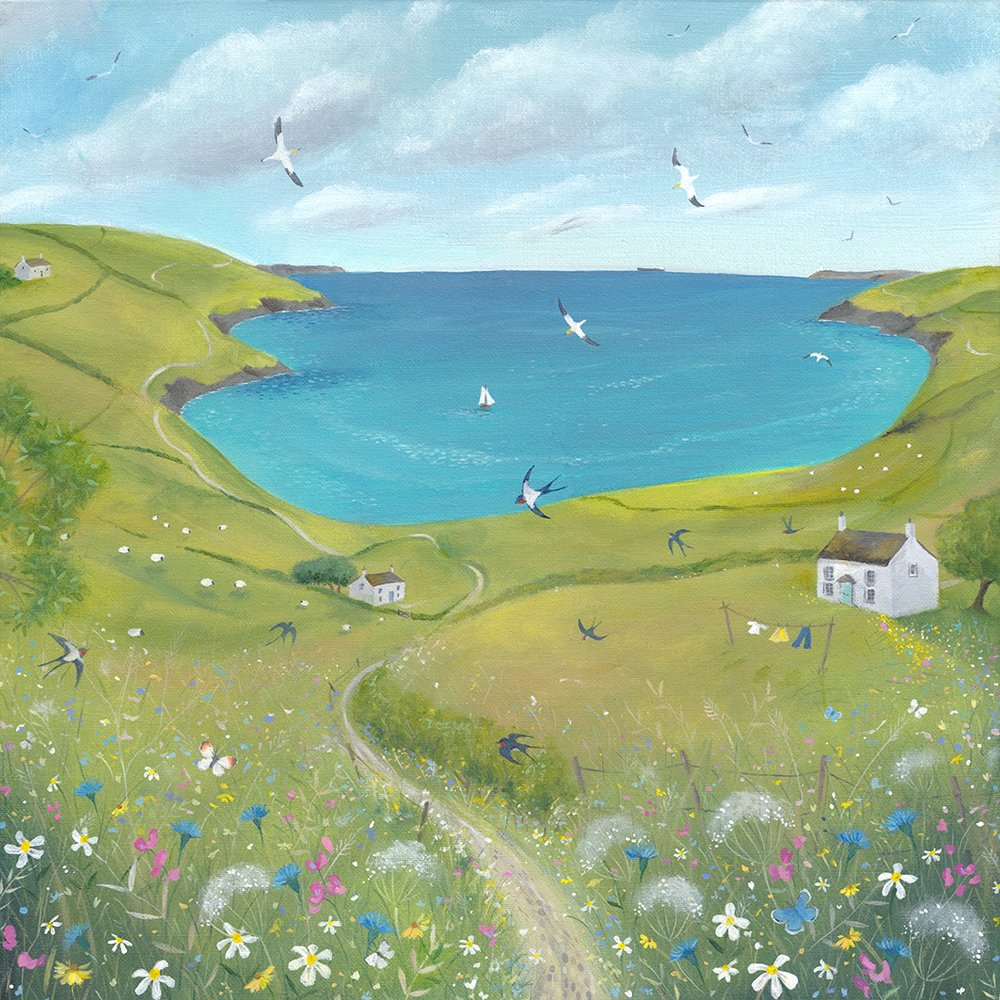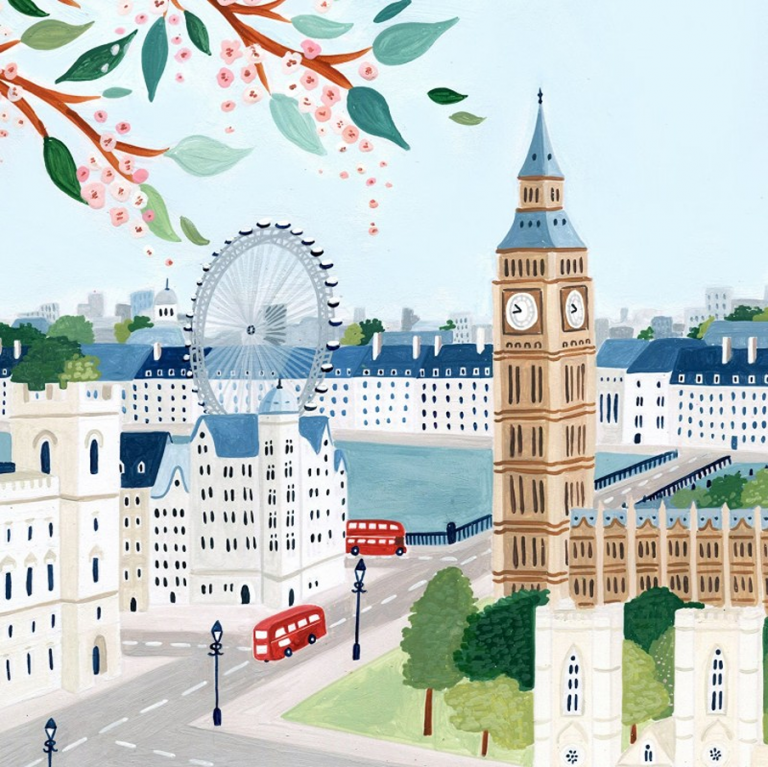Cheshire is one of England’s most naturally beautiful counties, with the Sandstone Trail being one of England’s major walking holiday destinations. The city of Chester is also called one of the world’s beautiful with its Tudor buildings and Roman walls.
There is also a small coastline, which faces the Irish sea.
Always follow the Countryside Code, to keep all creatures safe.
If at the coast, read our post on keeping dogs safe by the seaside.
Chester: History at Every Turn
The Chester Rows is a unique two-tiered gallery of olde-world charm and modern shops, standing near the stunning Gothic Chester cathedral. Just a short stroll away is The Groves, a peaceful riverside walk.
The Golden Ratio is a mathematical formula that judges how beautiful a city is, based on certain factors. Measuring things that are ‘pleasing to the eye’, this city apparently tops the lot, especially The Three Old Arches (a near-perfect score of 99%).
A considerable amount of Chester’s surrounding area is owned by the Duke of Westminster, something many people are increasingly uncomfortable with, in a land with so many that live without.
We’re not talking of going communist. But sharing land more fairly (rather than private land owned by aristocrats that influence government policy), which would make good public parks.
There has been controversy over shooting on some of the estates. And recently 25% of the Mayfair portfolio was sold to a Norwegian oil fund (just think what creative ideas this land could have gone, to help people create their own wealth in the capital).
Other Cheshire Towns
- Crewe was once a small village, until the Grand Junction Railway was built in the 1830s. The town grew up around the railways, all the houses, shops and schools shaped by the train industry.
- Nantwich feels like a walk through the pages of history. Black-and-white timbered buildings line its streets, dating back to the days after a great fire in 1583. The town’s medieval charm is made even richer by a lively food and festival scene.
- Warrington sits at the heart of modern Cheshire, linking Liverpool, Manchester, and the wider North West. Once a quiet crossing on the River Mersey, it grew rapidly with canals, railways, and industry.
The Sandstone Trail: A Walker’s Paradise
Sandstone Trail is the most popular long-distance walking trail in North West, which is 34 miles long and takes in some of Cheshire’s most beautiful countryside alongside a sunlit forest, two castles, ancient churches and many canals and caves.
The walk takes 2 to 3 days (depending on how fit you are). Or you can just break things up with small circular walks, if you don’t want to walk the whole route.
The sandstone is 225 million years old (from the Triassic period).
The walk begins in Frodsham, a north Cheshire market town that’s just 9 miles east of the Tudor city of Chester. There’s a railway station here, if you’re not driving.
The walk ends in Whitchurch, another market town, this time in north Shropshire. It houses beautiful Georgian buildings and ancient ins, and is known for its town clocks.
Alderley Edge is as much a place of stories as it is of stunning rock. The red cliffs overlook the Cheshire Plain and have sparked legends for centuries.
Modern day Alderley Edge balances this village cafés, boutique shops, and a lively community scene. Writers and artists, drawn by the legend, add to its creative energy. It’s also known these days as being the ‘Knightbridge of the North’, where many premier league footballers and their wives live.
Cheshire’s Coastline and the Irish Sea

Although known for its leafy centre, Cheshire edges out to the Irish Sea, offering its own mix of wild coast and seaside industry. Highlights include the Dee Estuary (vital for birds and wildlife) and the small towns of Neston and Parkgate, offering salt marsh views and fresh air.
The Turning Tide is a beautifully-written biography of the Irish Sea. England is obviously not Ireland, but Cheshire and other parts of northwest England face this ocean. Home to the rarest sea bird in Europe (which visits the coast each summer), this sea teems with life (seals, seabirds, sea turtles, whales and basking sharks).
Alas the Irish Sea is now full of oil refineries (therefore pollution), far too many wind turbines and is the most nuclear-contaminated sea in the world, no thanks to Sellafield nuclear power station (which will take several decades to decommission).
Ireland and the Isle of Man face the Irish Sea, along with a few areas of England: Birkenhead and Southport (both near Liverpool), Blackpool and a small stretch of the Cheshire coast and Barrow Island (in Cumbria).
Parts of Wales (including the Isle of Anglesey) also face the Irish Sea. Also found here are harmless basking sharks and the seabed is a rich habitats for crabs and lobsters.







